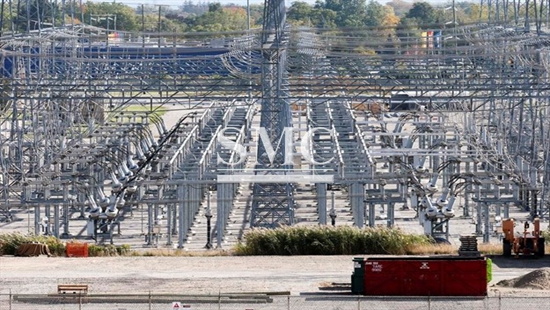
- Company overview The heart of SMC Vision & Philsophy Partnership Certifications Company culture
- Our service Design and Engineering Maintenance and Service Examine Production Line Upgrade and Transformation Storage and Logistics Processing, Trading and Distributor
- Management Our history Global responsibility Info Center
- Procurement center Internship
- Metal Steel Products Stainless Steel Products Aluminum Products Copper Products Galvanized Steel and PPGI Special Alloy Building Material
- Containers ISO Standard Container Equipment Container Storage Container Refrigerated/Reefer Container Offshore Container Container House Tank Container Container Fittings Container Trailer
- Gas Cylinder & Fire Extinguisher Cryogenic Liquid Cylinder Oxygen Gas Cylinder Storage Tank CNG Gas Cylinder LPG Gas Cylinder Hydrogen Gas Cylinder Nitrogen Gas Cylinder Industry Gas Cylinder Fire Extinguisher
- Metal Machinery Forming Machine Cutting Machine Processing Machine Bending Machine Block Machine Other Machinery Motor Spare Parts
- Mechanical Products Miscellany Mooring Equipment Marine Equipment Vehicle Industry Pressure Vessel Conveyor Belt Laser Equipment Bearing
- Electrical System Power Distribution Automation Electrical Cable Solar Power System Electric Protection System Transformer Production Line Lighting System
- Project Plastic Pipes and Pipe Fittings Fiberglass Reinforced Plastic Pontoon System
Get smart: we need a 21st-century electrical grid system

It's time for our electrical grid system to get smart. More precisely, it's time for a smart grid.
Our electrical system consists of power-producing plants (coal, natural gas, oil, solar, wind, nuclear and hydro) and consumers of electricity (houses, schools, commercial buildings and industrial plants).
The producing plants generate electricity based upon anticipated demand, always ensuring that they produce more than the expected need.
In the traditional grid, we simply produce power at power generators and consume it at customers' locations. We measure how much electricity is used by each customer and that's the extent of our data collection.
Smart grids allow for information to be generated at the customers' locations (such as current usage, historical consumption by day of the week, day of the month, month of the year, etc). This information allows us to alter electricity production based on immediate changes (as well as more detailed forecasting) to react to demands more effectively.
In addition to improved information from other sources on the grid, a smart grid allows us to add more and more energy production points. These could include individual customers choosing to use solar or wind generation and industrial sites using excess heat from their processes to generate electricity.
Use of a smart grid will better enable producers to provide power to customers in an open market, and give power generating options directly to customers.
The risks associated with smart grids boil down to the same issues we face with all computer systems: security and stability.
With a traditional grid, so long as the power plant is working and the power lines and infrastructure are physically intact, the users have power. Adding computers to the system might mean that the power could be disabled due to a computer system interruption.
The benefits are enormous, so they're certainly worth the risk. However, those risks need to be managed. For example, we need to ensure that any computer systems that are tied to the smart grid, whether at a customer's location or a power generating point, meet certain security requirements and be easily updated to protect against future security flaws. Due to the interconnected nature of the smart grid, any point of entry (a small producing station, for instance) could impact the entire grid.
Shanghai Metal Corporation is a trusted aluminum alloy, aluminum foil price, stainless steel price and stainless steel manufacturer, kinds of stainless steel in china.
